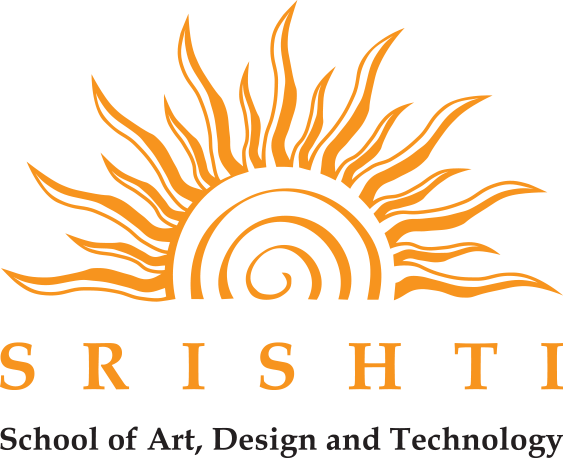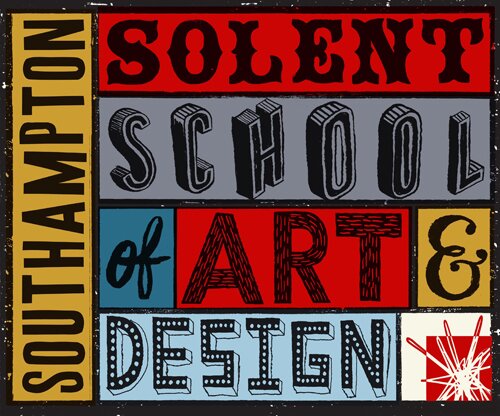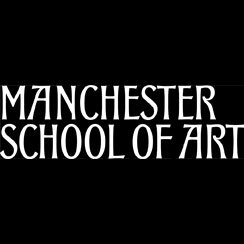
Geetanjali Sachdev
Srishti School of Art,Design and Technology
Geetanjali Sachdev is presently the Dean of the Postgraduate Diploma Program at Srishti. Her interests lie in art and design pedagogy with a focus on public pedagogies, student assessment and more recently, botanical art. Her earlier roles at Srishti have included chairing admissions and coordinating the Foundation Studies Program. She has also been an external examiner for Nottingham Trent University, UK for the BA (Hons) Degree Programme in Communication Design offered at Pearl Academy, Delhi. She has a Master of Arts Degree in Education from the Westminster Institute of Education at Oxford Brookes University, UK and a Bachelor of Science Degree in Industrial Management from Carnegie-Mellon University, Pittsburgh, USA.
Abstract:
Towards Agency
Over the past few months, there has been an increasing interest in conversations related to drawing and illustration at the design college where I teach. It seems to be an emerging area of interest for reasons other than it just being an act of
representation. Drawing and illustration courses have become more popular than before with visual communication students. The department of communication has recently started a post-graduate program in illustration, and the faculty of film is also planning an event in illustration research at the end of this year.
My curiosity about drawing initially originated in an interest in student assessment in art and design, and from the practice of often having to compare and contrast students who come from different semiotic systems and with differing aesthetic sensibilities. Does a student’s way of drawing- the way a student draws lines and the resulting shapes these strokes form- do these offer a way to understand the different notions of beauty to which the student has been exposed, or the semiotic system within which their marks originated? The intent was to ‘read’ a student’s drawing as an assessor, and thus as an audience.
The act of drawing can hold many interpretations. In its most fundamental form, it is a mark-making gesture. It traces an impulse, and then leaves a trace. It is first an act of expression – of an interior world, a realm of fantasy or one of
sensation and emotion. Drawing is also, in itself, a way of knowing. It has both cognitive and communicative dimensions. When we draw something, as opposed to just looking at it, we relate to whatever it is that we draw about, in a new way. There is a difference in the quality of our knowing- in intimacy and in newness.
A colleague at Srishti, Deepak Srinivasan, recently taught a course within the context of Neralu, the Bengaluru tree festival. He commented that illustration and journaling were good inroads for students to understand, relate and find new
relationships to the technical and botanical, as well as to narratives and contexts. His students claimed that illustrating pushed them away from their digital impulses and slowed them down. It also helped them find a new way to relate by
offering them a “ ‘pre-modern’ way of relating to the material world of plants which they didn’t have any tools to relate with before”. Srinivasan (2014) used drawing as a tool to get students to engage, observe and generate insights- more
than turning to it just as a medium of output.
The use of visualization as a medium for communication as well as a tool for generating knowledge is now common practice in the design curriculum. However research in the area of visual epistemology by Scagnetti (2011), enables the author to further claim that visualizations are mediations that hold the potential to catalyze a sense of agency- that they work as a medium to ‘transfer or translate a message that then activates the receiver to enact or perform a particular behavior.’ Davies and Gannon (2012), faculty at the University of Bedfordshire have also exploring the use of drawing as a tool for
thinking across disciplines, as an experimental approach and attitude distinct from drawing as an outcome and discipline. They put forth the idea that the ability to draw provides the ability to capture thinking and not thought: ‘a space
where thinking is presenced’.
Could part of the impetus to draw lie in its potential to catalyze, in its potential to activate within the person who is drawing, a sense of agency? Is it an activity where ‘moving’ is presenced? The zietgiest of this past decade has been one of protest and activism, although we would claim, not as much in the safe quarters of design schools focused and busy with the production of artifacts and systems. But perhaps the move towards drawing in the academy has been a part of this
larger zietgiest all along, albeit in a quieter form. What specifically changes in our relationship with a tree when we draw it?
When we engage with a world, any world- inner or outer- through an observation that goes beyond looking to mark making or tracing, how or when or at what moment does this act get imbued with a potential for agency? Perhaps lying in the act of drawing is a sensing of a forthcoming movement. Perhaps we draw in search of that sense.
References
1. Davies, Colin and Gannon, Rachel. Networks and Meshworks – topologies for cross-disciplinary teaching in drawing. Abstract accessed on June 7, 2012 from www.lboro.ac.uk/microsites/sota/tracey/…/Davies.pdf
2. Scagnetti, Gaia (2011), Visual Epistemology for Communication Design Education. DesignEd Asia Conference 2011
3. Srinivasan, Deepak (2014) In an email conversation with artist Leslie Johnson within the context of the Intermedia Botanical Art and Design post-graduate program being framed at Srishti School of Art, Design and Technology, Bangalore.
3. Weber, Sandra (2008) Chapter 5: Using Images in Research. Handbook of the Arts in Qualitative Research: Perspectives, Methodologies, Examples and Issues. Editors: J. Gary Knowles and Ardra L. Cole; London: Sage Press, 2008







